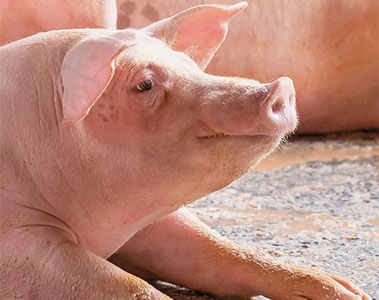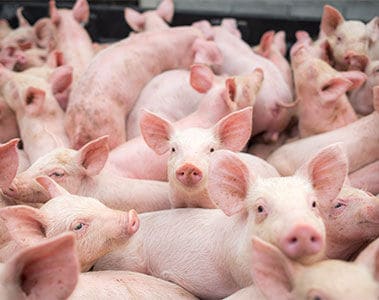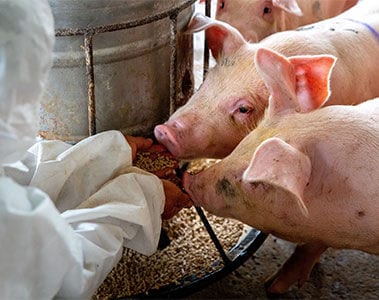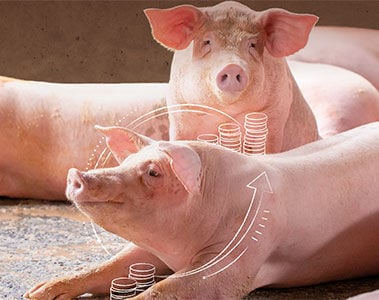Fattening pigs are leaner, grow faster to heavier market weights in many countries retaining more protein as muscle. Genetic advancements alter nutritional needs, requiring adaptations in feed composition to support the lean gain potential but not at the cost of health or welfare. Adaptations in lysine, net energy, and amino acids levels are vital for highly efficient fattening swine. Achieving the genetic potential these pigs now have in terms of feed conversion ratios and daily weight gains requires careful nutritional management not only for macro nutrients but also micro-nutrients.
The first consideration is to review and adapt the SID lysine, NE, and other amino acids levels, depending on local swine production practices and local market requirements. However, some other micronutrients such as vitamins B and D, and even levels of standardized digestible phosphorous must also be adapted considering the performance of the fattening pigs where feed conversion ratios can be around 2.2-2.3 and average daily gain close to 1000 g/day.
We know now how important phosphorous is for driving protein accretion in pigs, but we have recently learned how critical vitamin D3 is for muscles accretion also. Multiple vitamin D receptors (VDR) can be found on many muscle types demonstrating the necessary role of vitamin D in muscle development, myocyte differentiation, muscular volume, and function maintenance.



